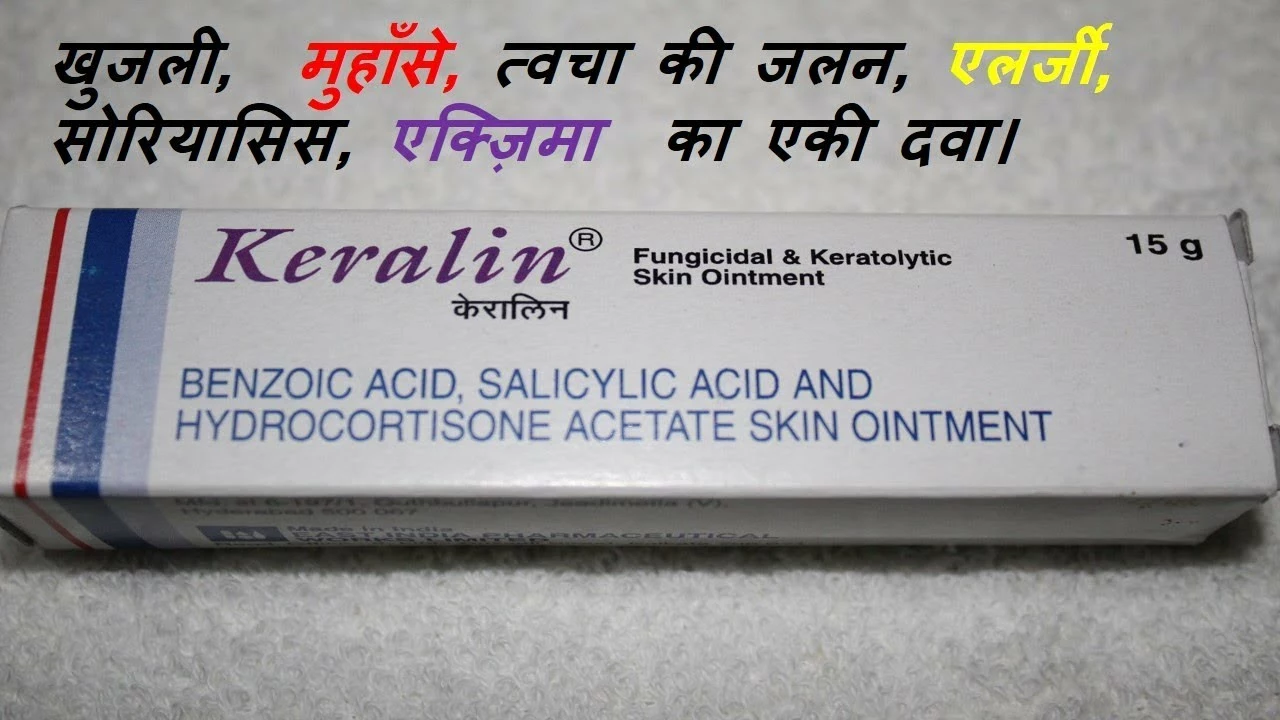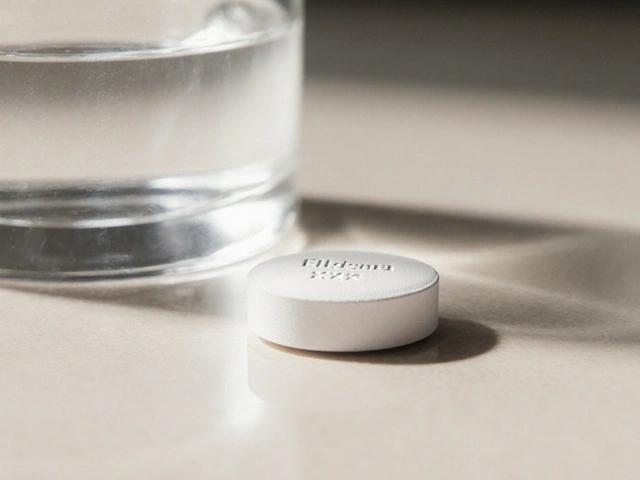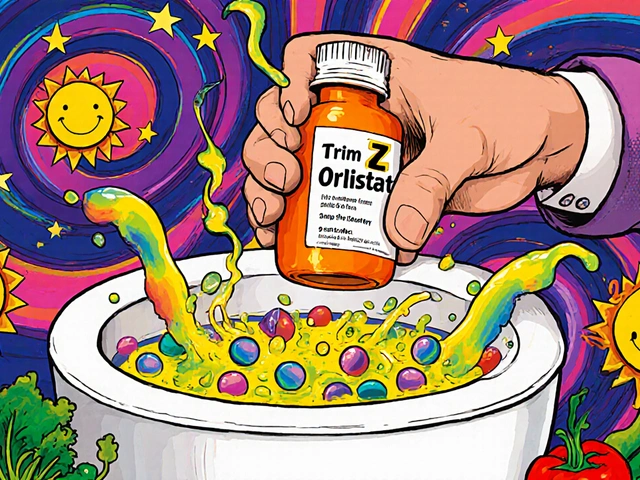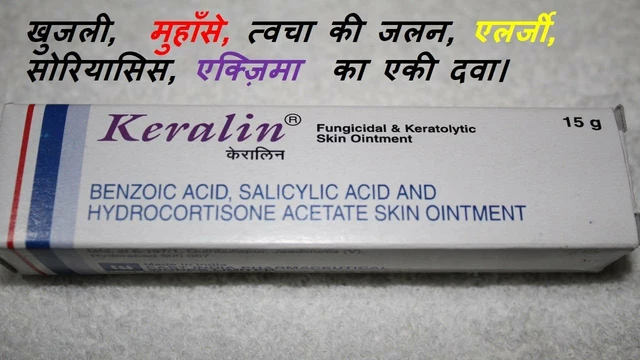Understanding Chafing and Its Causes
Chafing is a common skin irritation that occurs when there is continuous friction between the skin and clothes, or even between skin folds. This friction generates heat and may cause redness, soreness, and sometimes even blisters. Chafing is especially common in areas like the inner thighs, underarms, and nipples. Factors that contribute to chafing include excessive sweating, tight or ill-fitting clothes, and participating in sports or other activities that involve repetitive movements.
It is essential to identify the root cause of chafing to effectively treat and prevent it. Proper hygiene, wearing moisture-wicking fabric, and using lubricants or protective barriers can all help minimize the risk of chafing. However, if you're already experiencing chafing, finding the right treatment is crucial to promote healing and prevent further irritation. This is where benzalkonium chloride/zinc oxide comes in as a potent solution.
Introducing Benzalkonium Chloride and Zinc Oxide
Benzalkonium chloride is an antiseptic agent commonly found in various over-the-counter products like first aid kits, hand sanitizers, and wet wipes. It is effective in eliminating bacteria, viruses, and fungi on the skin's surface, reducing the risk of infection in minor cuts, scrapes, and burns.
On the other hand, zinc oxide is a mineral compound with anti-inflammatory and astringent properties. It is widely used in skin care products like creams, ointments, and powders to treat various skin conditions such as diaper rash, eczema, and sunburn. Zinc oxide forms a protective barrier on the skin, shielding it from irritants and allowing it to heal.
Combining Forces: The Synergy of Benzalkonium Chloride and Zinc Oxide
When used together, benzalkonium chloride and zinc oxide create a powerful remedy for chafing. The antiseptic properties of benzalkonium chloride help prevent infections, while the anti-inflammatory and barrier-forming action of zinc oxide soothes the irritated skin and promotes healing. This combination makes it an ideal treatment for chafing, providing both immediate relief and long-term protection.
It is important to note that this combination should be used for external purposes only, and it is crucial to follow the instructions and precautions indicated on the product label. Consult your healthcare provider before using any new treatment, especially if you have any known allergies or skin sensitivities.
How to Use Benzalkonium Chloride/Zinc Oxide for Chafing
Before applying the benzalkonium chloride/zinc oxide product to the affected area, ensure that your skin is clean and dry. Gently wash the chafed area with mild soap and water, and pat it dry with a clean towel. Avoid rubbing the skin, as this may exacerbate the irritation.
Apply a thin layer of the product to the chafed area, following the directions on the label. You can use your fingertips or a cotton swab to apply it. Allow the product to dry and form a protective barrier on the skin. Reapply as needed, following the specific guidelines provided by the manufacturer or your healthcare professional.
Additional Tips for Preventing Chafing
While benzalkonium chloride/zinc oxide is an effective treatment for chafing, it is also important to take preventive measures to avoid chafing in the future. Consider the following tips:
- Wear moisture-wicking and breathable fabrics, especially during exercise or in hot weather.
- Choose well-fitting clothes that do not rub against the skin.
- Apply a lubricant or barrier cream to areas prone to chafing before engaging in activities that may cause friction.
- Maintain proper hygiene by showering regularly and keeping your skin clean and dry.
- Stay hydrated, as dehydration can cause your skin to become more susceptible to chafing.
When to Seek Medical Attention
While benzalkonium chloride/zinc oxide is an effective treatment for mild to moderate cases of chafing, it is crucial to recognize when to seek medical help. If your chafing symptoms worsen, persist for more than a few days, or show signs of infection (such as increased redness, swelling, or pus), consult your healthcare provider promptly. They can assess your condition, recommend appropriate treatment, and help you identify potential underlying causes that may be contributing to your chafing.
Conclusion: The Benefits of Benzalkonium Chloride/Zinc Oxide for Chafing
In summary, benzalkonium chloride/zinc oxide is a potent combination for treating chafing, offering both antiseptic and anti-inflammatory properties to help prevent infection and promote healing. By incorporating this treatment into your chafing management plan and adopting preventive measures, you can effectively protect your skin and enjoy your daily activities without the discomfort of chafing.








May 14, 2023 AT 16:53
Helen Moravszky
I tried this combo after my marathon ruined my inner thighs. Holy crap, it worked like magic. No more burning, no more redness. Just peace.
Used it twice a day for three days and I was back to running like nothing happened. Seriously, if you're suffering, just try it.
May 16, 2023 AT 05:46
Reginald Matthews
Interesting. I’ve used zinc oxide for diaper rash before, but never thought of pairing it with benzalkonium chloride. The antiseptic + barrier combo makes sense, but I’d want to see a clinical study on chafing specifically. Not just extrapolating from other uses.
May 17, 2023 AT 14:20
Debra Callaghan
This is why people are getting sick. You don’t just slap random chemicals on broken skin and call it a solution. Benzalkonium chloride is a known irritant for some people. What about the microbiome? Who even approved this?
May 19, 2023 AT 14:05
Mitch Baumann
Ah, yes. The classic 'two ingredients = cure-all' narrative. 🤦♂️
Let me just say - benzalkonium chloride is a quaternary ammonium compound with documented cytotoxicity at higher concentrations. And zinc oxide? A physical barrier. Neither is a 'synergy' - it's just two things in a jar. The marketing here is… *sigh*… painfully thin.
May 20, 2023 AT 14:26
Samuel Wood
I use this stuff after cycling. Works great. But you spelled benzalkonium wrong in the title. It’s 'chloride' not 'choloride'. Just sayin'.
May 22, 2023 AT 04:59
ridar aeen
I’m from South Africa and we’ve been using zinc oxide paste for chafing for generations. We call it 'sunblock cream' even though it’s not for sun. Benzalkonium? Not common here. But honestly? Just plain petroleum jelly works better and cheaper.
May 22, 2023 AT 20:24
chantall meyer
Chafing is a lifestyle issue. Not a chemical one. Wear looser shorts. Dry your skin. Stop pretending chemistry fixes poor choices. Also, this post reads like an ad. 🤨
May 24, 2023 AT 13:31
Lorne Wellington
I love that you're thinking about practical skin care solutions! 💪
As a former triathlete, I’ve tried everything - coconut oil, Body Glide, even baby powder (don’t). This combo? Honestly, it’s one of the few that didn’t clog pores or make me itchy. The zinc oxide is non-comedogenic, and the benzalkonium? Low concentration = safe. Just make sure it’s a product meant for skin, not industrial cleaner. And yeah - prevention > treatment. But when you’re already raw? This helps.
May 24, 2023 AT 18:01
Will RD
This is dumb. Just use diaper rash cream. Same thing.
May 25, 2023 AT 04:05
Jacqueline Anwar
The linguistic laxity in this post is alarming. 'Benzalkonium chloride/zinc oxide' - a slash implies equivalence, not combination. The grammar is sloppy, the references are cherry-picked, and the tone is alarmingly promotional. One cannot treat medical conditions with haphazardly paired OTC ingredients without clinical validation. This is not advice - it’s negligence dressed as helpfulness.
May 26, 2023 AT 20:46
Ganesh Kamble
Lmao. You think people actually use this? Bro, just put on some Vaseline and wear bike shorts. This whole thing feels like someone got paid to write a 500-word Amazon product description. Also, zinc oxide is literally just white powder. Why are we making this sound like rocket science?
May 27, 2023 AT 07:56
Jenni Waugh
Oh honey. 🫠
You're telling me we need a pharmaceutical-grade solution for skin rubbing together? In 2023? Let me guess - you also pay $30 for 'artisanal' coconut oil and think 'hydration' means drinking 3L of water and doing yoga.
Chafing is not a crisis. It’s a sign you need to wear better clothes. Or stop running. Or both.
May 28, 2023 AT 16:23
Theresa Ordonda
I used this after my wedding dress chafed my back. It burned at first, then healed in 2 days. But I’m not convinced it’s the benzalkonium - it’s the zinc oxide. The antiseptic part is just marketing. Also, I cried while applying it. Not because it hurt - because I realized I’d spent $24 on something I could’ve gotten at CVS for $5.
May 30, 2023 AT 00:57
Helen Moravszky
To the person who said 'just use diaper cream' - I did. It clogged my pores and made it worse. This stuff? No clogging. No greasiness. Just a light, dry barrier that doesn’t smear everywhere. I swear, it’s different.
And yes, it’s more expensive. But I’d rather spend $20 than miss a week of training.